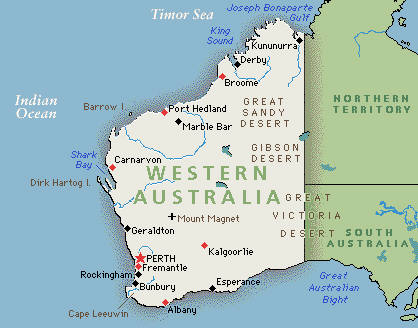Paranormal romance fans understand creepy. They like creepy. A little bit, anyway.
But creepy, in paranormal terms, is something that is manufactured by ghouls, goblins, demons and spirits…and authors with very good imaginations.
Caves, though…caves in their natural state are the creepiest and most frightening places you can find, and you don’t need a souped-up scary movie soundtrack to enhance the sensations.
Cavers – people who like to climb down into the bowels of the Earth – or Potholers, as they’re also called – have got nerves of steel and a brain that is wired slightly differently from the average human. They have to have, because caves are not pleasant places.
Let me explain.
There’s possibly a good chance you’ve been in one or two caves in your lifetime. Tourist locations open to the public, where you can walk in and have a look around at the stalactites and stalagmites, while a tour guide or self-guided presentation tells you about how old the cave and the fossils found inside it are.
It’s fascinating and chilly and you’re pretty glad to get out into the sunshine at the end.
Fair summary?
These sorts of caves that have been opened to the public are the MacDonalds version of caves. They’ve been retailed and tamed to the point of inoffensiveness. Access to the cave is paved over, made safe and accessible to all. Lights are strung up and in some cases, air conditioning pumped in. The cave floor itself is swept smooth, and paths and steps built and poured, while hand rails are constructed to ensure you have something to cling to as you climb up and down.
If there are any pockets of offensive or dangerous gas, noxious water, hot water, or too cold water, they’re removed or diverted. Tourists are kept away from unstable areas where cave-ins are possible, or the floor is simply too difficult to walk across (until concrete paths can be poured).
The flip side to all the guiderails and paths and lighting is that while the human tourists are being shepherded carefully along narrowly defined routes, the impact on the natural flora and fauna is being kept to a minimum.
But what humans don’t see, with all that careful shepherding, is what a cave is really like, without its make-up on.
 You might tend to think of a cave like you see them in the movies and on TV; with conveniently flat, sandy floors, and tunnels that run horizontally to provide access to the main chambers.
You might tend to think of a cave like you see them in the movies and on TV; with conveniently flat, sandy floors, and tunnels that run horizontally to provide access to the main chambers.
Caves are nothing like that in reality. They’re pitch black, unlit spaces in the earth where shifts in tectonic plates left gaps and holes in the rock and earth. Time, water and erosion did the rest, and what you’re left with is fantastically shaped spaces that often have no identifiable “floor” at all, or walls, or a roof. When you make your way through them, you begin to understand how the continents were formed and are still shifting and shrugging every now and again…and how truly insignificant humans are, with all their surface activity.
The toe of land at the bottom of Western Australia (where it says Cape Leewin on the map) is riddled with caves. Some of them have been commercialized just like I described at the beginning of this post. Some of the caves are well known only the local pot-holers. But there are more areas deep inside the cliffs and earth of Margaret River than have ever been discovered.
It’s that raw opening in the centre of the earth feeling that I tried to convey in Terror Stash. There is one scene in particular where the three main characters face what is called a “tight squeeze” in caving terms.
See if it creeps you out. And not a ghost in sight.
_________
